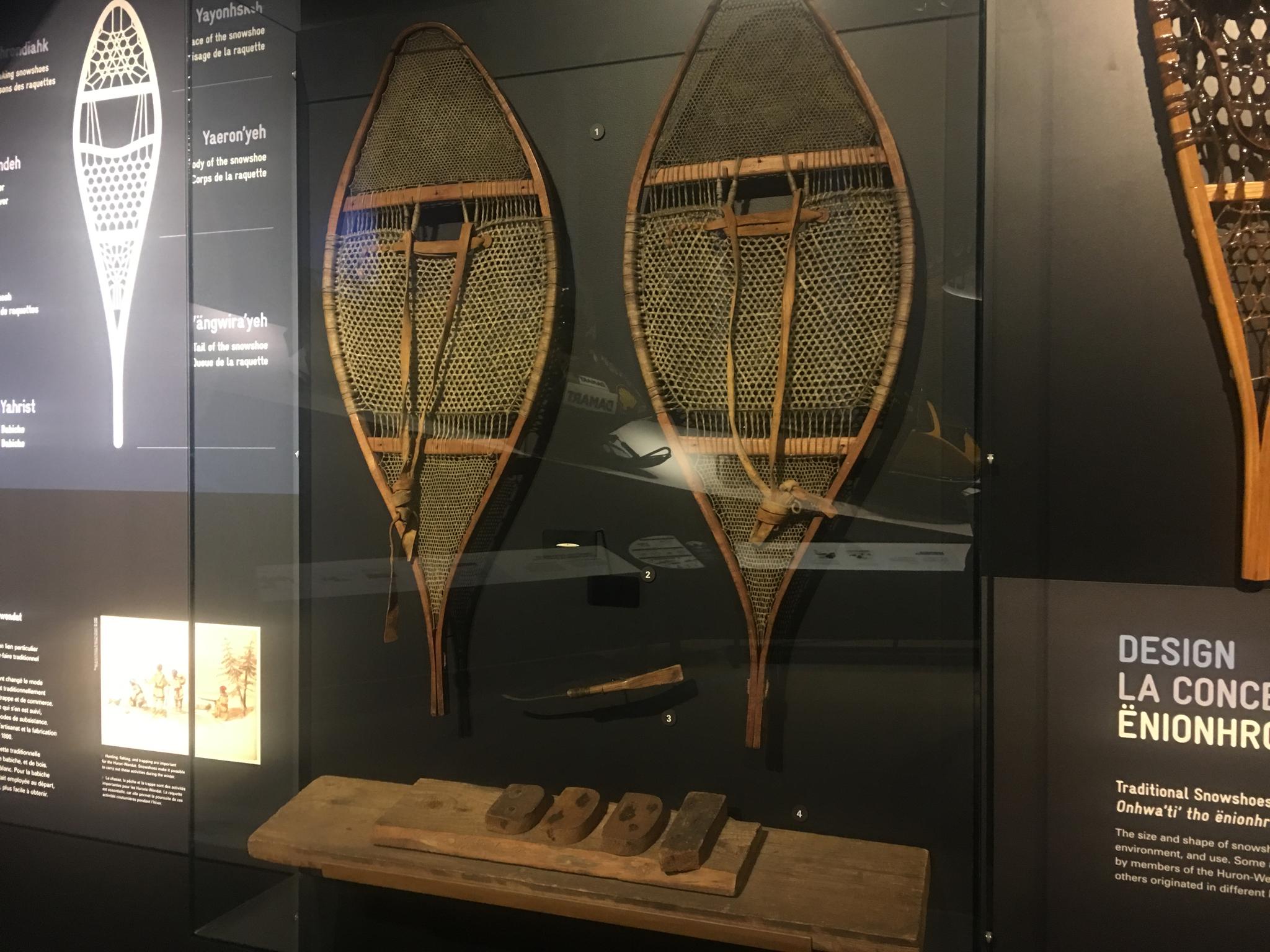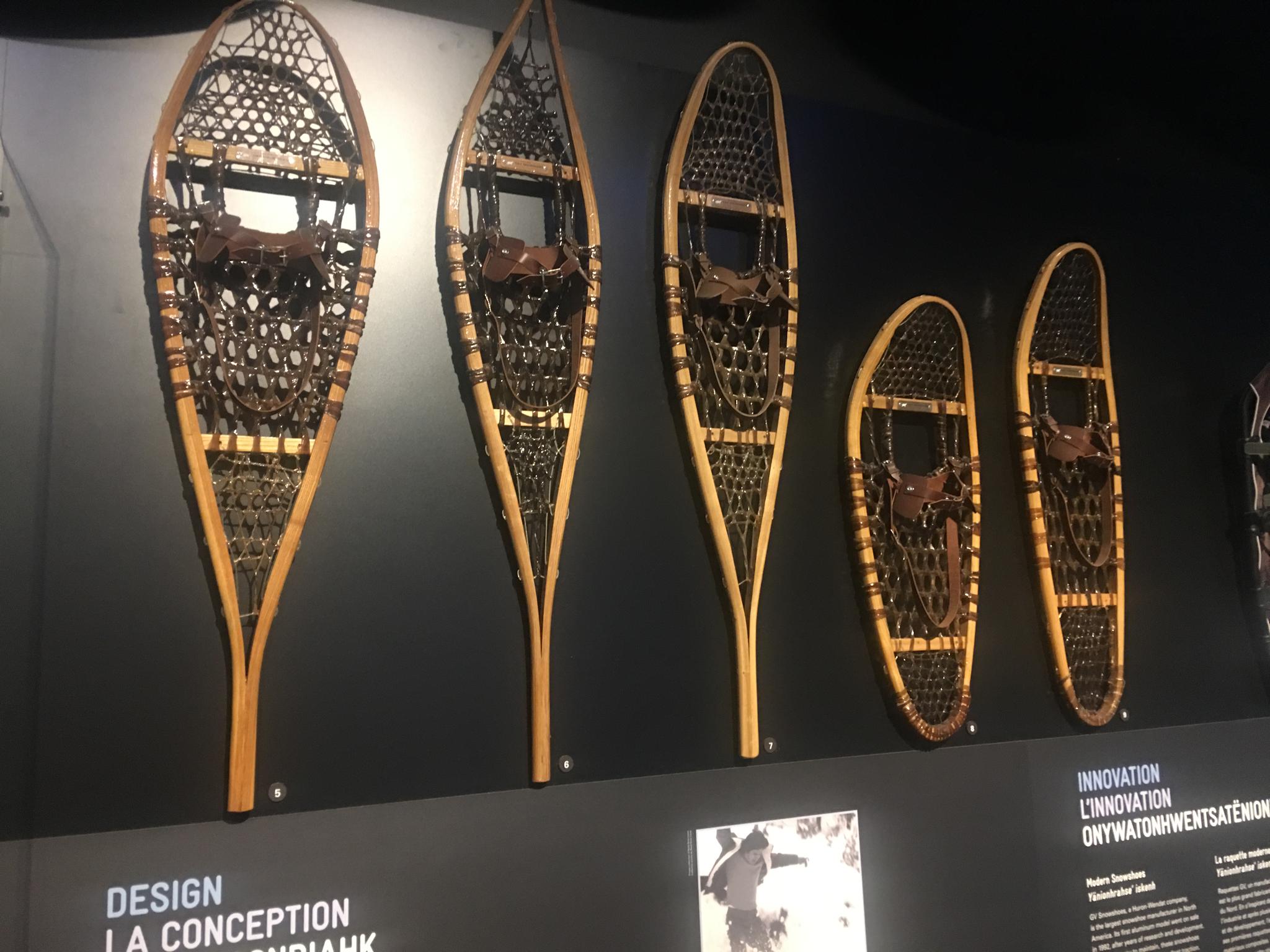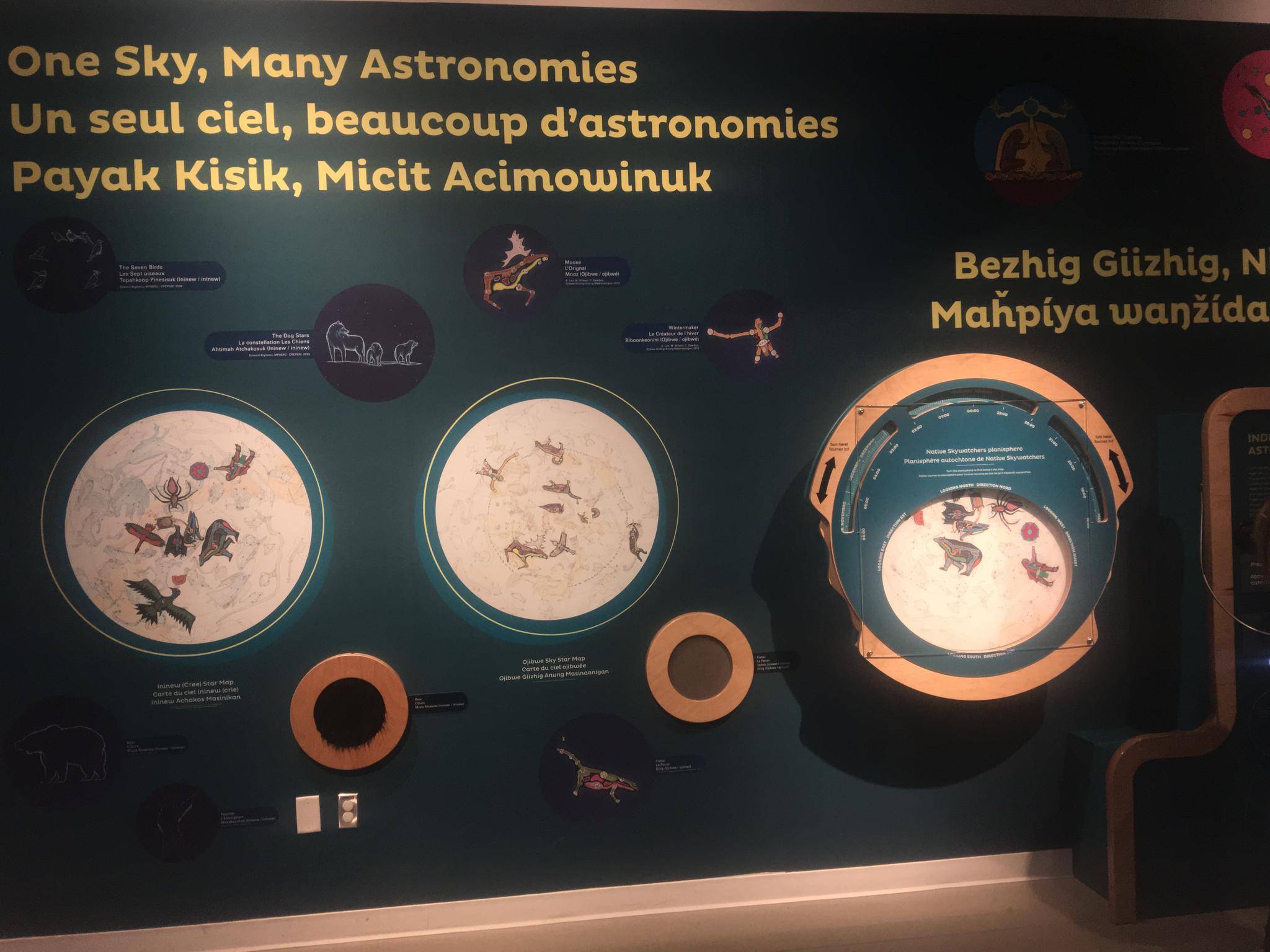Feature
The push for restitution in Canada comes at a moment when long-held assumptions about the rightful ownership of cultural heritage are coming under renewed scrutiny worldwide. In Europe, the governor of Easter Island along with its Indigenous Rapa Nui inhabitants, have begged the British Museum to return one of its most famous and spiritually important statues of the Chilean island. However, countries like Canada find themselves in a categorically different position because the Indigenous communities who ask for the repatriation of their precious art and artifacts are contrarily, not an ocean away, but squarely within their own borders.
“The way that it goes is anything that is found in Canada, Canada essentially has the rights to. With the new bill passing, it's all to be brought back to the first peoples of this region. So, now we have the say on what happens with the things that are found that our people had lost” said Garrett Gloade, an Indigenous Mi’kmaq drum keeper and senior heritage interpreter at the Millbrook Heritage Center.
The Mi’kmaq First Nation community of Millbrook, Nova Scotia, have been fighting to reclaim a 19th century embroidered robe, also known as a regalia, for over a decade from a museum in Melbourne, Australia.
“The museum has been trying to get back this robe from Australia prior to my employment but with no avail” said Heather Stevens, the operations supervisor & senior heritage interpreter at Millbrook.

Within the last year, Stevens and Bill Casey, a Nova Scotia liberal MP, have been working together to create a private member's bill; Bill C-391.1. This bill is being put together to help other First Nations heritage centers, museums and communities with the support of getting their history back from other museums throughout North America and all over the world. This bill was constructed when MP Bill Casey visited the Millbrook Heritage Center a little over a year ago and saw the picture of the robe.
“When it comes to any other organization across Canada we don’t have any association with any of them, not even the Canadian Museum of History”
“ I actually don’t like the way that they promote the Mi’kmaq people in the museum… the only thing that they really represented for Mi’kmaq were a couple of beaded poppies and a beaded lighter… So that was just a little insulting, especially as a Mi’kmaq person … They do have a 13,000 year old artifact there but it is not even on display.” said Gloade.
Along with the demand for repatriation, also comes the claims that museums provide misinformed retellings of Indigenous cultural narratives as well as misuse their cultural artifact in museum exhibits.

Carmen Robertson, a curator and Canada’s research chair in North American Art and Material Culture in the Faculty of Arts and Social Sciences at Carleton University, believes that working with Indigenous communities to create exhibitions is the key to avoiding these mis-steps in museum curation.
“If you have a non-Indigenous curator who doesn’t understand where that artists work is coming from, you’re really only scratching the surface. Or in worst case scenarios, you’re getting stereotypical tropes… also collecting work in public institutions often means that work sits in vaults and it’s not often seen by the general public” said Robertson.
Someone who can personally attest to this method of curating Indigenous art and artifacts is the Canada Science and Technology Museum’s Indigenous collections expert and curator, Cédric Brosseau.
Brosseau worked with the Huron-Wendat First Nations of Wendake, Quebec, to develop a snowshoe exhibit showcasing the evolution of snowshoes, from the traditional First nations to now, for the redevelopment of the museum in November of 2017.
“For me, the first thing that was important was to have good communication with the community itself, so that they knew what we were doing. They knew our approachand they felt respected and listened to... we worked with the community and asked them if they would be okay with us acquiring these artifacts…we actually purchased them from the community” said Brosseau.
Brosseau worked closely with the Huron-Wendat Museum, a national heritage institution of the Wendat people, and its curators to research the community’s history and to pursue accurate information regarding the snowshoe artifacts, while developing the content that would be displayed in the museum.

However, this is not always the case when it comes to the acquisition of Indigenous artifacts. In fact, some heritage centers are still fighting for ownership of their own communities’ artifacts from these prestigious museums in their own neighborhoods.
This happens to be the case for the Millbrook Heritage Center in Nova Scotia. “Anything that is technically ours should be ours, the artifacts that are actually at the Heritage Center are technically on permanent loan from the Nova Scotia museum. “So, they can come in and basically take everything that we have, for no good reason and basically do what they want with it.” said Gloade.
The Millbrook Heritage Center has been loaning artifacts from the Nova Scotia museum for almost 15 years, even before their actual opening in 2006.
Gloade added “The theory about history is... nobody really hates history, they hate their own history. So what they do is try to take stuff that is not theirs and hide it so it's basically segregation, they’re segregating sacred sights, sacred artifacts that mean a lot to our people.”
However, many advocates of reconciliation and the reclaiming of Indigenous cultural heritage feel that there are concrete solutions to the issue of repatriation that involve mobility and funding from government.
“The envelope for funding for cultural centers like ours has not grown in probably 30 years. There’s been no new cultural centers built, so if you’re talking about an actual reconciliation, I think that needs to be looked at. How can we create better capacity within Indigenous communities that would create sustainable jobs and create opportunity for them to present and preserve their culture?” said Naomi Johnson, artistic director at the Woodland Cultural Centre in Brantford, ON.
Many self-proclaimed allies of the global repatriation movement, like Carmen Robertson, also claim that the art and museum industry have already made a lot of progress and have come a long way from the ‘80s and ‘90s, a time where museums did not seek or consult Indigenous curators at all.
“Institutions are starting to understand that they’re not just this privileged expertise anymore, they need to share that knowledge and to understand that others have potentially more knowledge than they do… with Indigenous curators, especially Indigenous curators from the same communities as the artists who are making the work, they have a much deeper understanding of that work” said Robertson.
